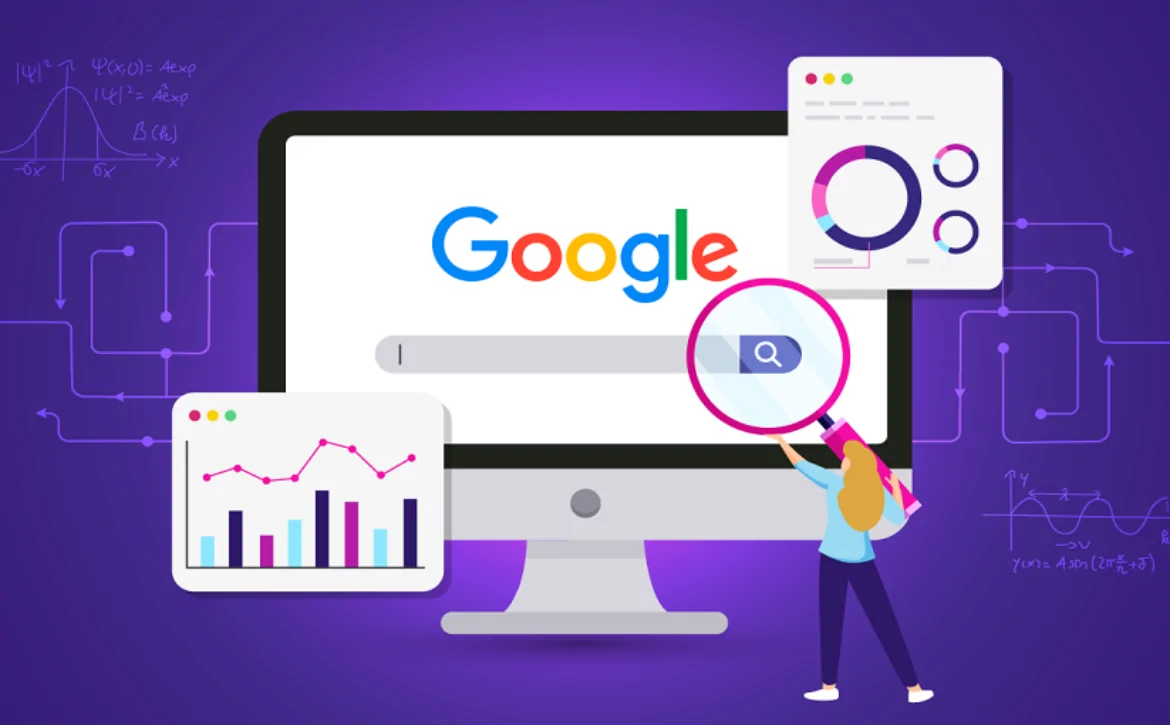Google Search Keyword Ranking Explained for Beginners
When you type something into Google and hit search, have you ever wondered why certain websites appear at the top while others are buried on page five or beyond? For anyone new to the world of digital marketing or building an online presence, understanding Google Search Keyword Ranking can feel like learning a new language. But the good news? It’s not as complex as it seems—and this guide will walk you through the basics in a way that makes sense.
Whether you run a blog, own a small business, or just want to grow your personal brand, knowing how your keywords rank is essential. Thankfully, there are tools like Google Search Console, Google Trends, and Google Keyword Planner to help you track performance and uncover the top-ranking keywords on Google. Even better, there are free Google ranking checkers that allow you to monitor your position without spending a dime.
So, if you’re new to SEO and want to understand how your content performs, this beginner’s guide is your starting point. Also explain how Google Search Keyword Ranking works, how to monitor it using keyword rank checkers, and how to improve your position over time.
What is Google Search Keyword Ranking?
Google Search Keyword Ranking refers to the specific position your webpage holds in Google’s search results for a particular keyword or phrase. For example, if you run a travel blog and someone searches for “best places to visit in Europe,” and your article appears as the 5th result on the first page. These rankings are determined by Google’s complex algorithm, which considers hundreds of factors like content relevance, page speed, backlinks, and user experience. Every keyword you target has a different ranking depending on how well your content meets search intent and how strong the competition is. Tracking these rankings helps you understand how visible your website is and where you stand against others in your niche. Tools like Google Search Console and various keyword rank checker free tools can show you where your pages are ranking for different queries. Monitoring this data regularly allows you to adjust your SEO strategy, optimize content, and target top-ranking keywords on Google more effectively. In short, keyword ranking is a core part of your SEO performance—it shows whether your efforts are helping people find your website through Google search.
Why Keyword Rankings Matter
When someone searches for a topic related to your business, blog, or service, your position in Google’s results determines whether they’ll find you—or find your competitors instead. People naturally trust and click on the top results, often without even scrolling. If your site ranks on the second or third page, the chances of getting noticed drop dramatically. This is why tracking and improving your rankings is so important. By knowing which top-ranking keywords on Google you currently appear for—and which ones you should be targeting—you can make strategic decisions about your content and marketing. It’s also about efficiency: instead of guessing what people want, you can use tools like Google Search Console, Google Keyword Planner, and Google Trends to see exactly what’s working and where you can improve. These insights help you create more relevant content, optimize your pages, and ultimately grow your traffic and brand. In a digital world where attention is scarce, your keyword rankings can make or break your success online.
FAQs
How to find keyword ranking in Google?
To find where your site ranks for specific keywords, use tools like Google Search Console, which shows your average position for each query. You can also use a keyword rank checker free tool like Ubersuggest or SERPWatcher by entering your URL and chosen keyword.
Which keyword is most searched in Google?
Although the most popular Google search term varies over time, you can use Google Trends or Google Keyword Planner to identify current trends. These tools give you a snapshot of the most popular and rising search terms in your niche or globally.
How to check SEO ranking for free?
There are many free Google ranking checker tools available. For precise information regarding the functionality of your website, start with Google Search Console. Other options include Ubersuggest, Moz, and Small SEO Tools, which offer limited free features for tracking your SEO position.
How to get ranked on Google search?
To get ranked, you need to create quality content around relevant keywords, optimize your website structure, earn backlinks, and use tools like Google Keyword Planner to find the right search terms. Submitting your site to Google Search Console also ensures Google can crawl and index your pages.
How do I appear on top of Google search?
To appear at the top, focus on optimizing your pages for search intent, improve user experience, get quality backlinks, and regularly update your content. You may improve your approach and determine what works by using insights from Google Trends, Google Keyword Planner, and a Google SEO ranking checker.
Free Tools to Track Google Keyword Rankings
- Google Search Console: This is a must-have.
- Google Trends: Want to know if a keyword is gaining or losing popularity? Google Trends lets you see the search interest over time, helping you choose better keywords.
- Google Keyword Planner: It’s especially useful when creating content or planning ads.
- Free Google ranking checker tools: Websites like SERPWatcher, Ubersuggest, and Small SEO Tools offer Google SEO ranking checker features for free. You can plug in your website and see where it ranks for specific keywords.
How to Improve Your Google Search Keyword Ranking
Now that you know what Google Search Keyword Ranking is and how to check it, how do you actually improve your position in Google search? Here are some beginner-friendly tips:
- Create High-Quality Content: Focus on helpful, original content that satisfies what people are searching for.
- Use the Right Keywords: Use tools like Google Keyword Planner to find keywords with good search volume but lower competition.
- Optimize On-Page SEO: Include your main keyword in the title, headings, meta description, and throughout your content—naturally.
- Improve Page Speed and Mobile Friendliness: A slow or clunky site can hurt rankings.
- Get Backlinks: When other websites link to your content, Google sees it as a vote of confidence.
Consistency is key. SEO is a long game, but the more you learn and apply, the better your results will be.
In the end, understanding Google search keyword ranking free doesn’t require you to be an SEO expert—it just takes curiosity and the right tools. By leveraging free tools like Google Search Console, Google Trends, and Google Keyword Planner, you can begin tracking your performance, identifying opportunities, and climbing the ranks. Whether you’re just starting out or refining your current strategy, staying on top of your keyword rankings is essential for online success.








